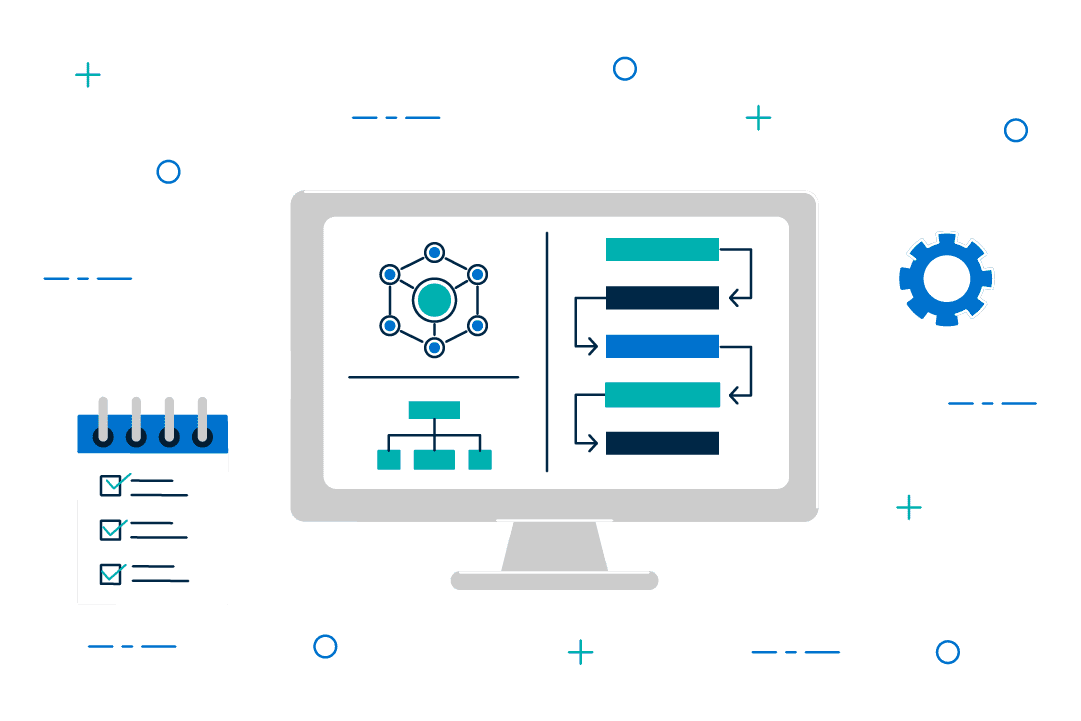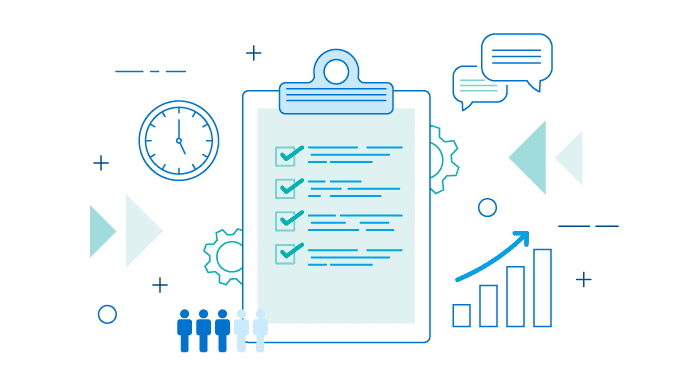Build Management Dashboards to Monitor Admin Unit Performance

The first step to building effective management dashboards is choosing which performance metrics to monitor and display. Using the link below, review a compendium of performance metrics for over 24 administrative, finance, and student services units as a starter list of potential metrics to track.
Of course, leaders will not want to track all metrics listed in the compendium of unit performance metrics (we’ve identified more than 70 potential metrics for some units!). Units that track all possible metrics rather than a manageable set of core measures often fail to extract actionable information, diluting improvement efforts. Follow the six-step filtering process outlined in the graphic below to identify the 6-8 metrics that provide the greatest insight into unit performance gaps



This resource requires EAB partnership access to view.
Access the roadmap
Learn how you can get access to this resource as well as hands-on support from our experts through Strategic Advisory Services.
Learn More


